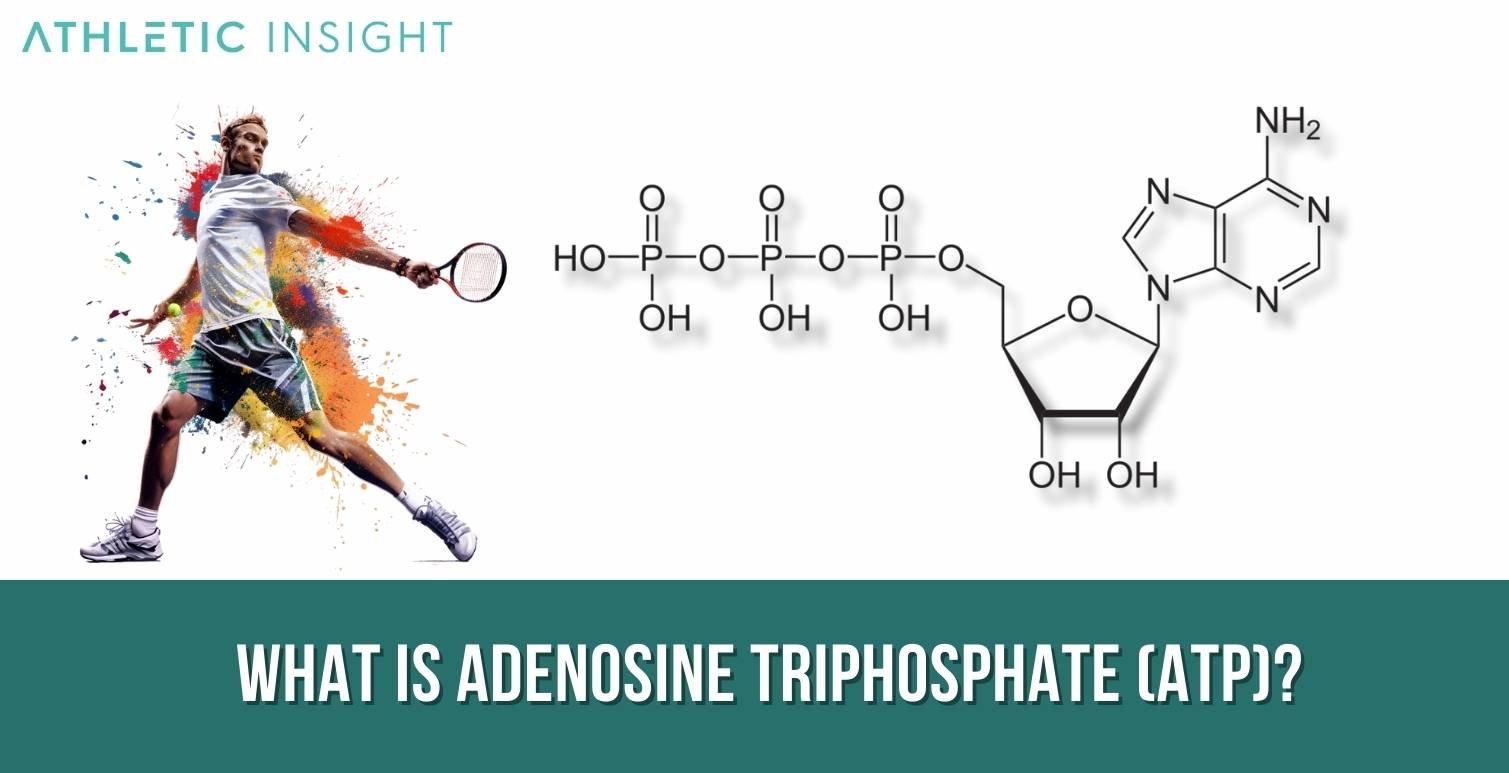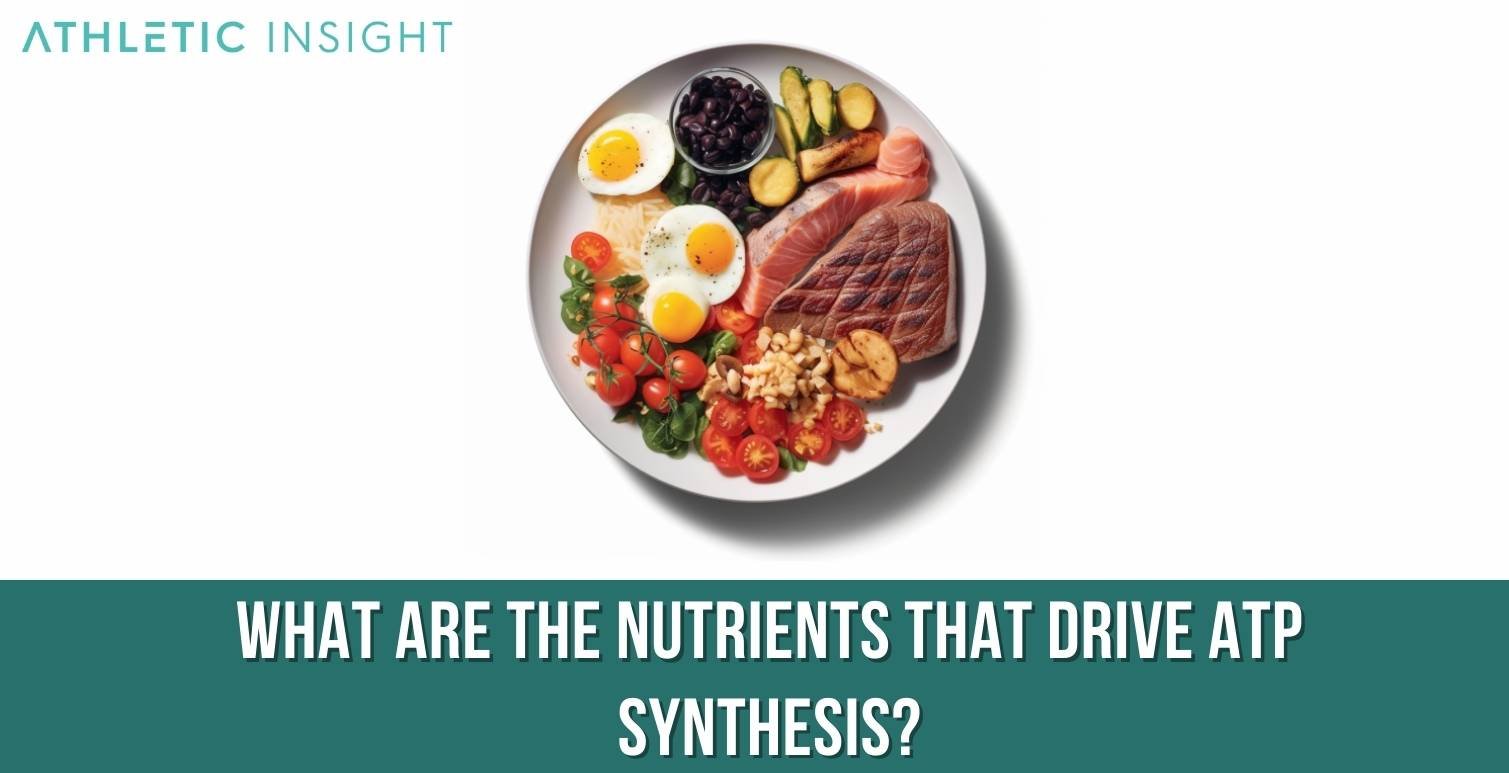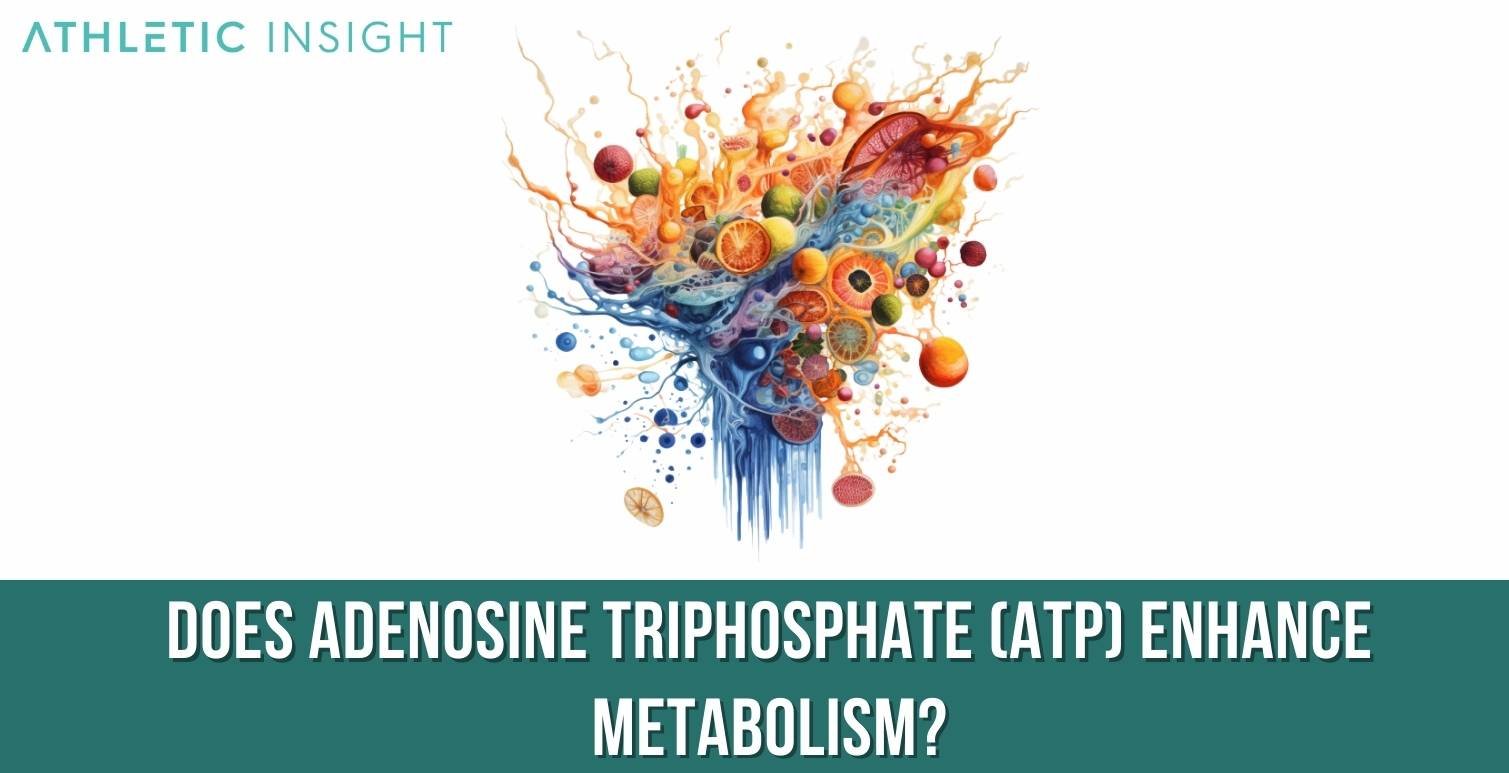In the intricate universe of cells, one molecule reigns supreme – Adenosine Triphosphate (ATP). An understanding of this crucial compound provides insight into the fundamental processes that make life possible, from muscle contraction to neuronal communication. This article elucidates ATP’s definition, how it functions, and its significance in a wide range of biological phenomena.
What is Adenosine Triphosphate (ATP)?
Adenosine Triphosphate (ATP) is an intricate organic compound that plays a pivotal role in intracellular energy transfer. It is synthesized from the nucleoside adenosine, which consists of an adenine ring and a ribose sugar, and three phosphate groups linked by phosphoanhydride bonds. These bonds harbor a high amount of potential energy, making ATP a dynamic power reservoir for a host of cellular activities.

The structure of ATP is integral to its function. The high energy bonds linking the phosphate groups can be readily cleaved in an exergonic reaction to produce Adenosine Diphosphate (ADP) and a free phosphate ion, releasing energy in the process. This energy is harnessed by cells to perform various biological tasks, demonstrating ATP’s fundamental role in life-sustaining processes.
What is the Primary Function of Adenosine Triphosphate (ATP)?
The primary function of Adenosine Triphosphate (ATP) is to act as a molecular currency of energy in cells. The high-energy phosphate bonds are readily broken, liberating energy utilized in various cellular tasks such as muscle contraction, protein synthesis, and nerve impulse propagation.
ATP acts as an energy mediator, facilitating the transfer of energy from exergonic to endergonic reactions – a process known as energy coupling. The energy liberated during exergonic reactions, such as the breakdown of nutrients, is used to phosphorylate ADP, creating ATP. This ATP can then be hydrolyzed in other parts of the cell to carry out endergonic reactions, thereby ensuring the continuous flow of energy within the cell.
How does Adenosine Triphosphate (ATP) Work?
Adenosine Triphosphate (ATP) operates as a form of chemical energy storage and currency within the cell. It harnesses the energy derived from the breakdown of food molecules and transfers it to cellular processes that require energy. The energy in ATP resides in the bonds between its three phosphate groups. When these bonds are broken, energy is released, and ADP is formed.
What are the Three Stages of Producing ATP?
There are three cardinal stages of ATP production in cellular respiration: glycolysis, the citric acid cycle (Krebs cycle), and oxidative phosphorylation (electron transport chain). The energy output from each stage varies, with oxidative phosphorylation accounting for the majority of ATP generated.
1. Glycolysis
Glycolysis is the first stage in the production of ATP. It is a ten-step anaerobic process that breaks down one glucose molecule into two pyruvate molecules, generating a net gain of two ATP molecules and reducing two molecules of NAD+ to NADH. Despite being an anaerobic process, glycolysis is the primary source of energy in strenuous exercise when the demand for ATP outpaces the supply of oxygen.
2. Citric Acid Cycle (Krebs Cycle)
Following glycolysis, the pyruvate molecules enter the mitochondria, where they are converted to acetyl CoA before being funneled into the citric acid cycle. This process, also known as the Krebs cycle, produces two ATP molecules per glucose molecule, three NADH molecules, and one FADH2 molecule.
3. Oxidative Phosphorylation (Electron Transport Chain)
The final stage, oxidative phosphorylation, generates the majority of ATP – approximately 32 molecules per glucose molecule. It consists of the electron transport chain and chemiosmosis. During this stage, electrons carried by NADH and FADH2 are passed along a series of protein complexes, leading to the pumping of protons across the mitochondrial membrane, creating a gradient. This gradient powers ATP synthase, an enzyme that catalyzes the synthesis of ATP.
What are the Nutrients that Drive ATP Synthesis?
Three primary nutrients drive ATP synthesis: fats, proteins, and carbohydrates. Each provides energy through different metabolic pathways, contributing to the pool of ATP available for cellular activities.

1. Fats
Fats, or lipids, undergo lipolysis to produce glycerol and free fatty acids. The fatty acids can enter the mitochondria and be broken down via beta-oxidation to form acetyl-CoA, which then feeds into the citric acid cycle. Fats are an abundant source of ATP, especially during prolonged, low-intensity exercise.
2. Proteins
Proteins, broken down into individual amino acids, can contribute to ATP production. Amino acids can be deaminated and converted into intermediates that enter glycolysis or the citric acid cycle. While not the primary source of energy, proteins can supplement ATP synthesis, particularly during prolonged periods of fasting or strenuous exercise.
3. Carbohydrates
Carbohydrates, specifically glucose, are the body’s preferred energy source. They are metabolized through glycolysis, generating pyruvate that can be further metabolized in the citric acid cycle. This makes carbohydrates crucial for quick bursts of energy and high-intensity activities.
What are the Sources of ATP?
The primary sources of ATP in the body are nutrients consumed in the diet, namely carbohydrates, fats, and proteins. Through a series of metabolic processes known collectively as cellular respiration, these nutrients are broken down and their energy is captured in the form of ATP.
Why is Adenosine Triphosphate (ATP) Important in the Body?
ATP is indispensable in the body due to its universal role as the primary energy currency. It enables the conversion of food into usable energy, powers cellular processes, and facilitates the transmission of signals within and between cells. Without ATP, life as we know it would cease to exist.
Can ATP be Stored in the Body?
No, Adenosine Triphosphate (ATP) is not stored in large quantities in the body. Instead, it is continually synthesized and used, with the total amount of ATP in the human body remaining relatively constant. At any given moment, the human body contains about 250 grams of ATP, which is recycled every day to meet the body’s energy demands.
Is ATP Only Found in Humans?
No, ATP is not exclusive to humans; it is a ubiquitous molecule found in all forms of life. From the simplest bacteria to the most complex multicellular organisms, ATP serves as the primary energy currency, powering the biochemical reactions necessary for life. This universality underscores the fundamental importance of ATP in biology.
How does ATP Supply Energy for Cellular Activities?
ATP supplies energy for cellular activities by undergoing hydrolysis – a reaction that breaks the bond between the second and third phosphate groups, transforming ATP into ADP and releasing energy. This energy is then utilized in an array of cellular activities such as the active transport of molecules across membranes, muscle contractions, and neurotransmitter release in nerve cells.
How is the Energy Released from ATP?
Energy is released from ATP through the process of hydrolysis, where a water molecule cleaves the high-energy bond between the second and third phosphate groups. This reaction yields inorganic phosphate, ADP, and a substantial amount of free energy. This free energy can then be harnessed to drive endergonic reactions throughout the cell.
Does ATP Supply Energy to Improve Sports Performance?
Yes, ATP plays a critical role in enhancing sports performance. It fuels muscle contractions, allowing athletes to maintain their power output during exercise. Additionally, the rapid regeneration of ATP during short, high-intensity efforts helps maintain maximal power output and delay the onset of fatigue.
Does Adenosine Triphosphate (ATP) Enhance Metabolism?
Yes, ATP is integral to metabolism, functioning as a catalyst for myriad metabolic reactions. The metabolism encompasses all the chemical reactions within cells that maintain life, from the synthesis of new proteins to the breakdown of food molecules for energy. Each of these reactions relies on ATP to some extent. ATP supplies the energy necessary for anabolic reactions, such as the synthesis of proteins and nucleic acids. Conversely, catabolic reactions, such as the breakdown of glucose or fatty acids, generate ATP.

More broadly, ATP plays an essential role in metabolic regulation. It serves as a signal molecule that communicates the energy status of the cell to different metabolic pathways. When ATP levels are high, the cell can engage in processes that consume energy, like building new structures. When ATP levels are low, the cell instead ramps up energy-producing processes, like the breakdown of nutrients.
Does Adenosine Triphosphate (ATP) Improve Endurance?
Yes, ATP is crucial for endurance in physical activities. Endurance refers to the ability to maintain physical effort over a prolonged period. This capacity is largely determined by the body’s efficiency in producing and utilizing ATP.
For instance, during long-duration, low-intensity exercise such as distance running or cycling, the body predominantly utilizes fats to generate ATP through oxidative phosphorylation, a relatively slow but highly efficient process. The more efficiently a person’s body can convert fat into ATP, the longer they can sustain their effort without fatigue.
The body’s ability to rapidly regenerate ATP from ADP during exercise also plays a key role in endurance. Through processes such as creatine phosphate breakdown and anaerobic glycolysis, the body can quickly replenish ATP stores during intense bouts of exercise, delaying the onset of fatigue and thus improving endurance.
How Does ATP Contribute to Muscle Contraction?
ATP plays a pivotal role in muscle contraction. It provides the energy for the movement of actin and myosin filaments, which are the primary proteins involved in muscle contraction. Furthermore, ATP is also needed for the relaxation of muscles after contraction, by detaching myosin heads from actin filaments.
What Happens When ATP Production is Hindered?
Any disruption to ATP production can have severe consequences, as ATP is crucial for a wide array of biological processes. A deficiency in ATP can lead to a reduction in the energy available for these processes, potentially causing symptoms such as fatigue, muscle weakness, and in severe cases, organ failure. This is seen in certain metabolic disorders, where defects in ATP production pathways lead to a variety of health issues.



